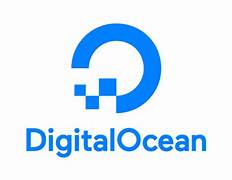Let’s look into the steps to keep the snapshot of the DigitalOcean droplet before destroying it. Bobcares, as a part of our DigitalOcean Managed Service offers solutions to every query that comes our way.
Steps to Keep the Snapshot of DigitalOcean Droplet Before Destroying
An operation one can carry out via DigitalOcean’s control panel or API is referred to as “DigitalOcean destroy droplet keep snapshot”. We can use this feature to create a new droplet based on the snapshot, have a copy of the settings and data, or take a snapshot of the droplet before deleting it. The steps are as follows:

1. To use the control panel, log into the DigitalOcean account and log in.
2. Find the droplet that we wish to remove, but save the snapshot. Since we cannot reverse this step, make sure we have the correct droplet selected.
3. Before starting to destroy it, if we haven’t already, we can take a snapshot of the droplet’s disk. We’ll use this snapshot as a backup.
4. After the snapshot is in position, remove the droplet. With this step, the droplet instance—along with its setup, IP address, and related data—is completely deleted.
5. Usually, we’ll be given the choice to keep the linked snapshot or not when prompted throughout the destruction process. If we want to save the snapshot after the droplet is destroyed, make sure we choose this option.
[Looking for a solution to another query? We are just a click away.]
Conclusion
We can successfully remove the droplet and keep the disk snapshot by doing these steps. In situations where we want to reduce expenses by getting rid of unnecessary droplets but still have the option to reconstruct them using the snapshot we saved, this can be helpful. Furthermore, droplets may be easily backed up and restored using snapshots in the event of data loss or config problems.
PREVENT YOUR SERVER FROM CRASHING!
Never again lose customers to poor server speed! Let us help you.
Our server experts will monitor & maintain your server 24/7 so that it remains lightning fast and secure.




0 Comments